Best Fairway Woods For High Handicappers 2025
We take a look at some of the best fairway woods for higher handicap golfers


Conor Keenan
The best fairway woods can often become the favorite club in the bag for players.... if they can hit them. Yes, they aren't the easiest clubs in the world to hit but thankfully many manufacturers realize this and thus create very user-friendly options to cater towards the higher handicappers out there.
For those with high handicaps, it's crucial to find a fairway that is forgiving for off-center strikes, because that forgiveness will limit the damage from poor strikes and help you grow in confidence as a result.
The models listed will also help you keep the ball in play more often, which is a common issue for those at the higher end of the handicap spectrum. Acknowledging all of this, here are some of the best fairway woods for high handicappers. Additionally we also recommend checking out our guide on most forgiving fairway woods or best fairway woods for mid handicappers.

Sam graduated from Webber International University in 2017 with a BSc Marketing Management degree while playing collegiate golf before stints on both the EuroPro Tour and Clutch Pro Tours. Now with over 14 years of experience within the industry under his belt, Sam heads up the testing and review team at Golf Monthly for fairway woods, hybrids, wedges and golf balls.
The Quick List
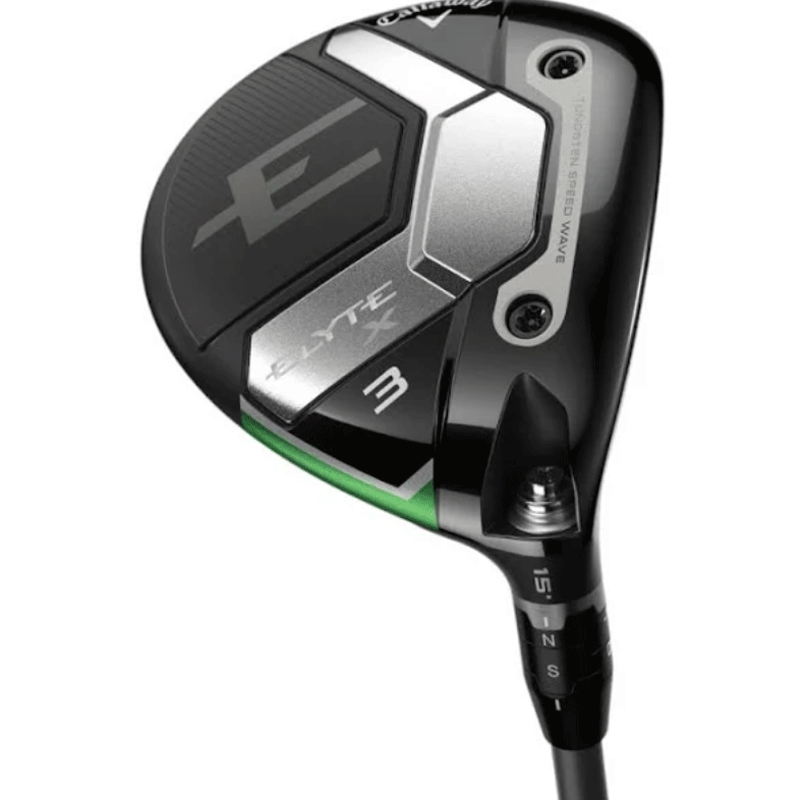
The Elyte X is an excellent fairway wood option for players who struggle with launch, particularly from the fairway. Callaway have tuned this club to promote easier, higher launch and a penetrative, high ball flight to gain extra distance.
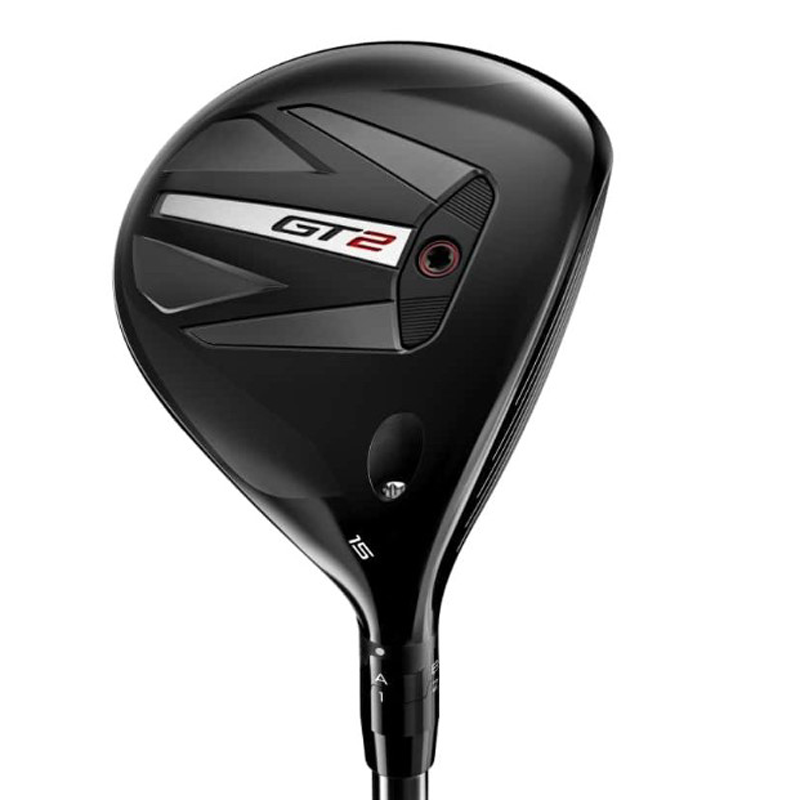
A fairway wood can turn into a really valuable club in the bag if you become consistent with it off the tee - the best to do that with is the GT2 from Titleist thanks to the wonderful distance numbers on offer.
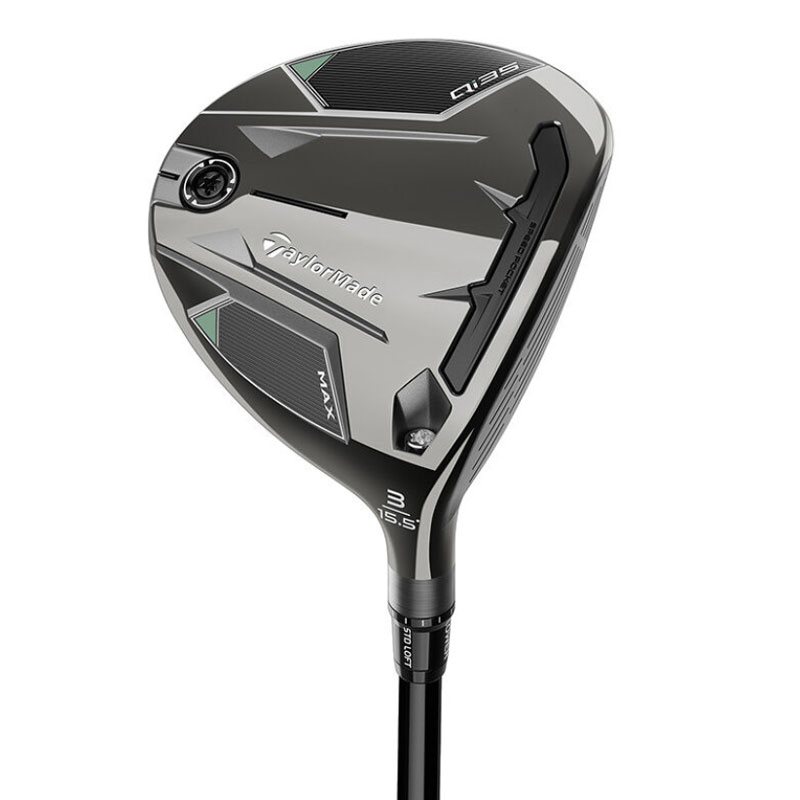
The Max is the most forgiving model in the Qi35 family. It's a great looking club that delivers a slight draw bias and higher spin rates that will benefit higher handicappers. The feel on offer here is the star of the show, though.
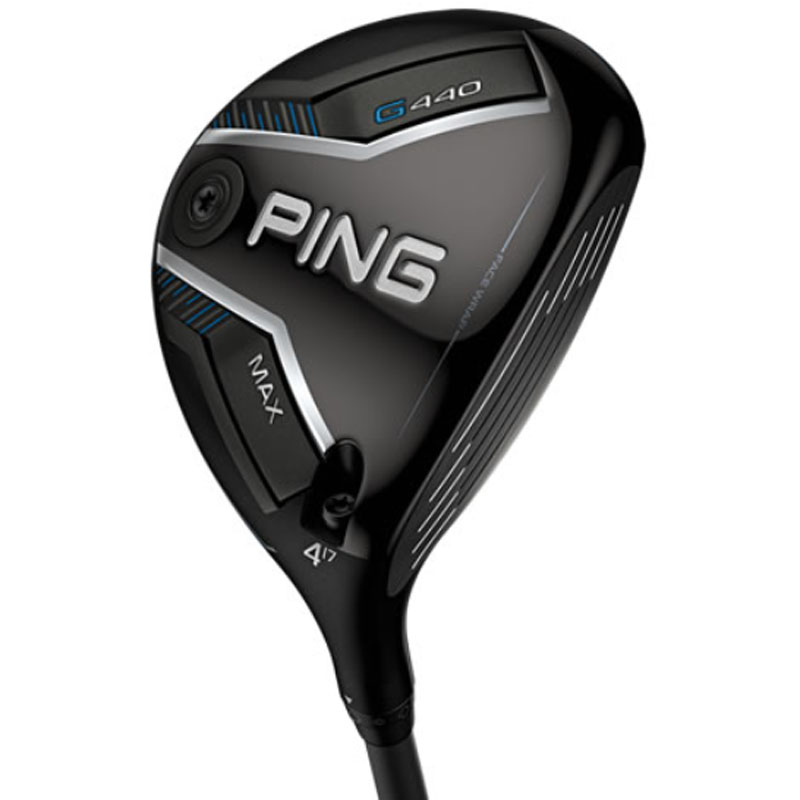
Ping have always been known for making some of the most user-friendly clubs on the market and the G440 carries on that reputation. It's long, forgiving but also looks superb at the address position.

The Dynapwr doesn't have the same fire power compared to the Carbon version of the same club but provides a lot more forgiveness and playability at an affordable price.
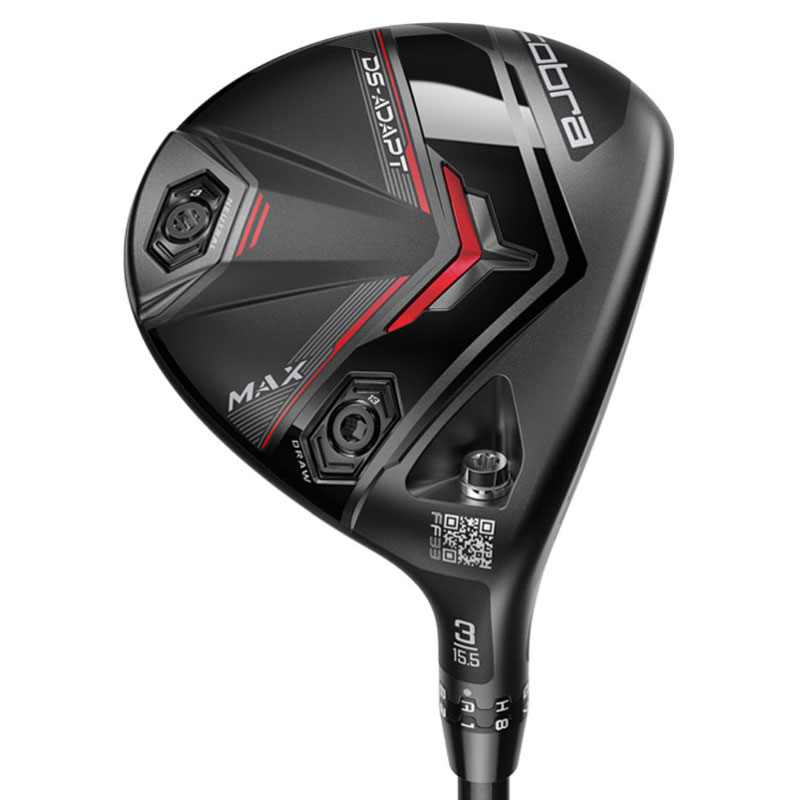
A unique hosel that allows for an outrageous amount of customization is the main unique selling point of the DS-ADAPT Max in addition to the excellent launch and power provided.
Load the next three models
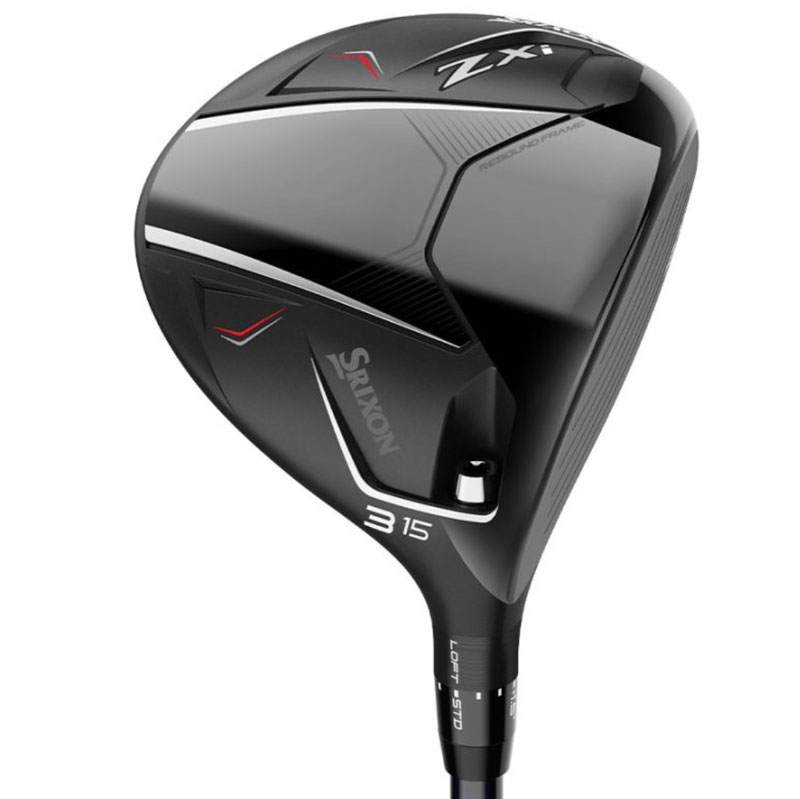
A new refined visual makeover coupled with technological advancements mean the ZXi gives premium looks and performance that rival any other fairway wood on the market this year.
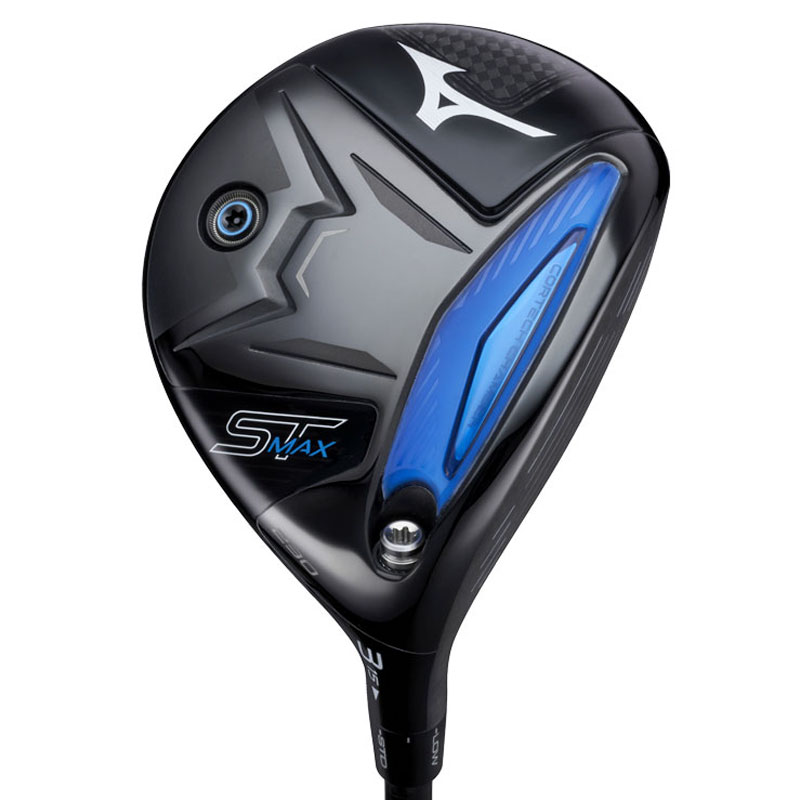
Mizuno are more well-known for their irons and wedges and the pretty looks that accompany them, but they've continued that momentum by delivering one of the prettiest fairway woods on the market with the ST-Max 230.

PXG combine performance with eye-catching looks to produce a very solid fairway wood that will help those with a right miss straighten out their long shots.
Best Fairway Woods For High Handicappers
Top pick
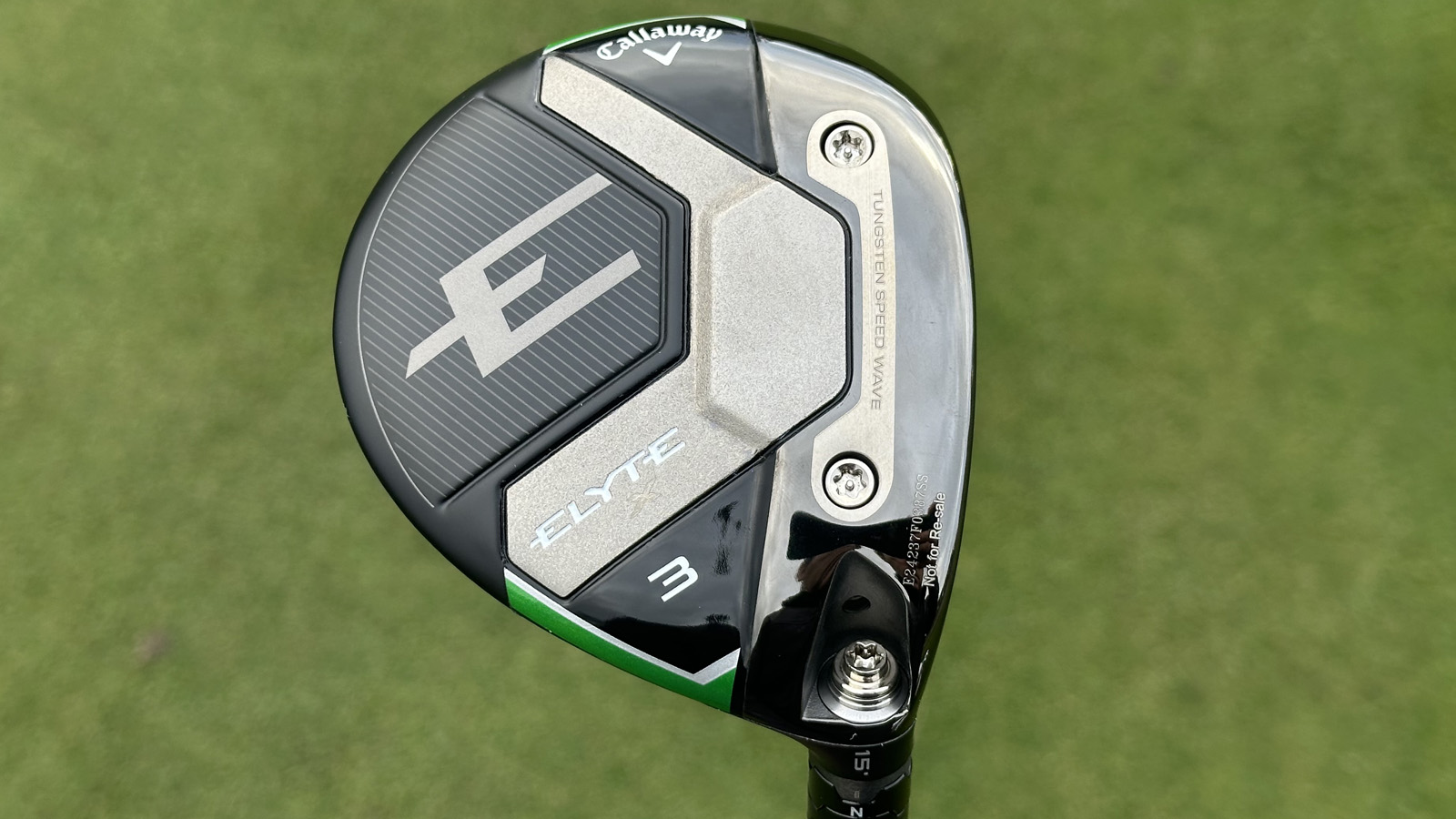
Specifications
Reasons to buy
Reasons to avoid
The 'X' member of the Elyte family is designed for higher handicap players, those who potentially struggle with launch when it comes to driver and woods. The Elyte fairway wood helps with both launch and ball flight, giving players the opportunity to pick up a few extra yards with a good strike.
The Elyte X is perfect for the golfer who struggles with both launch and ball flight when using a fairway metal. I saw effortless launch and a beautiful drawing ball flight during my testing and although spin levels were unsurprisingly high, they never ballooned to out of control levels.
In terms of look and feel, this is as good as any of the best fairway woods on the market. Like the Ping G440, the sole design is questionable, but the looks from the shelf and at address are fabulous. I also love the classic green color scheme rocked all so often by Callaway drivers and woods.
The 'X' is a terrific option for players who want a high launching, right to left ball flight with their fairway metal.
- Read our full Callaway Elyte X Fairway Wood Review
Best off the tee
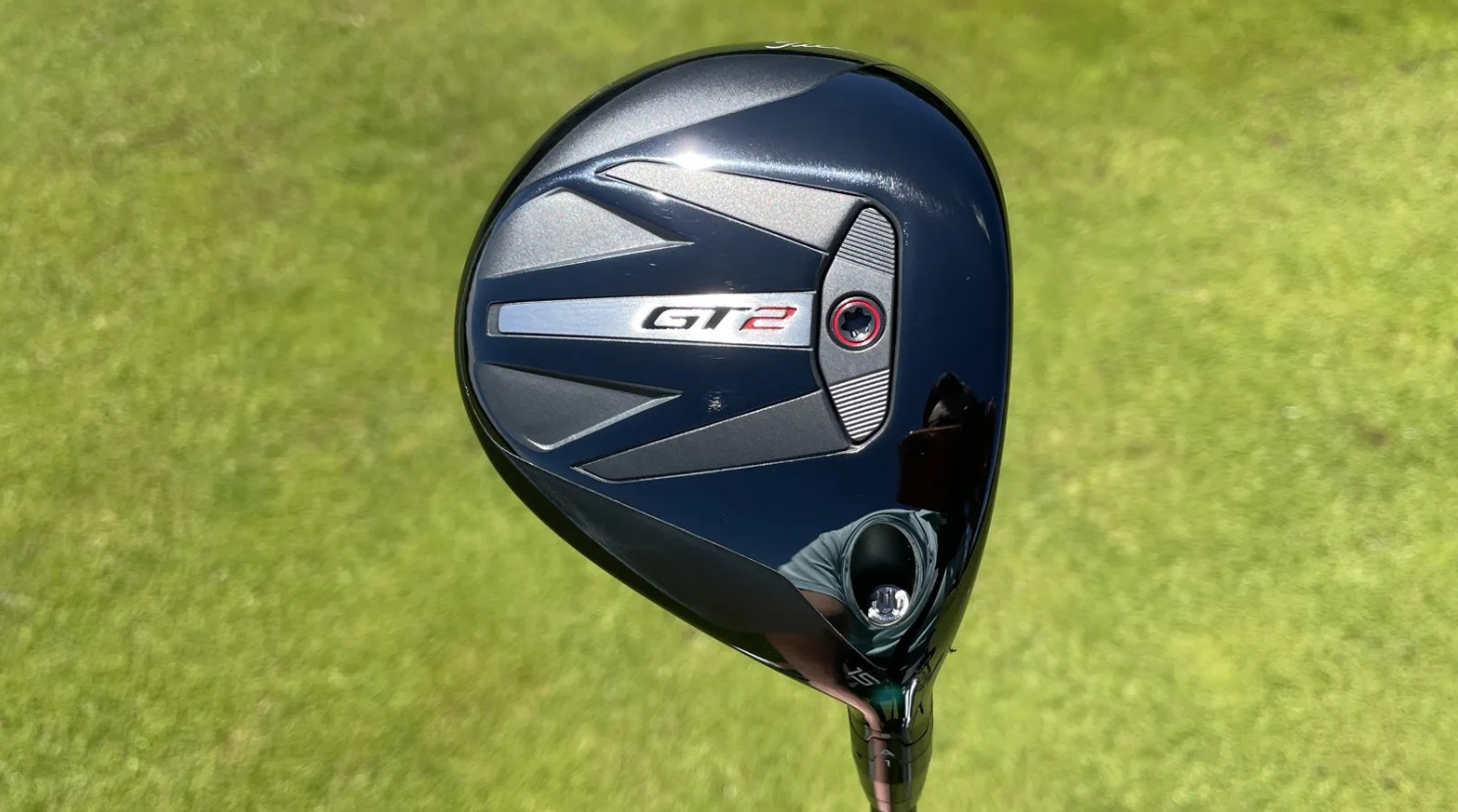
Specifications
Reasons to buy
Reasons to avoid
How does the GT2 help higher handicappers? Well, in testing, we found it to be high launching and low spinning, meaning it combines the best of both worlds to get the ball airborne and far. Not only was there an increase in ball speed, but the L-Cup face design provided great stability, even on miss-hits low on the face.
Looks-wise, the GT2 fairway wood has a much more shallow face, which is something that will really help inspire confidence to those who struggle with launching their fairway woods. What's more, the tour-refined shape meant there was less curvature on the heel and toe compared to previous models.
Overall, if you’re in the market for a fairway wood that’s forgiving when hitting into greens and gives you a boost of speed and distance from the tee, we would recommend the Titleist GT2, with its broad appeal something that the higher handicapper will love!
- Read our full Titleist GT2 Fairway Wood Review
Best feel
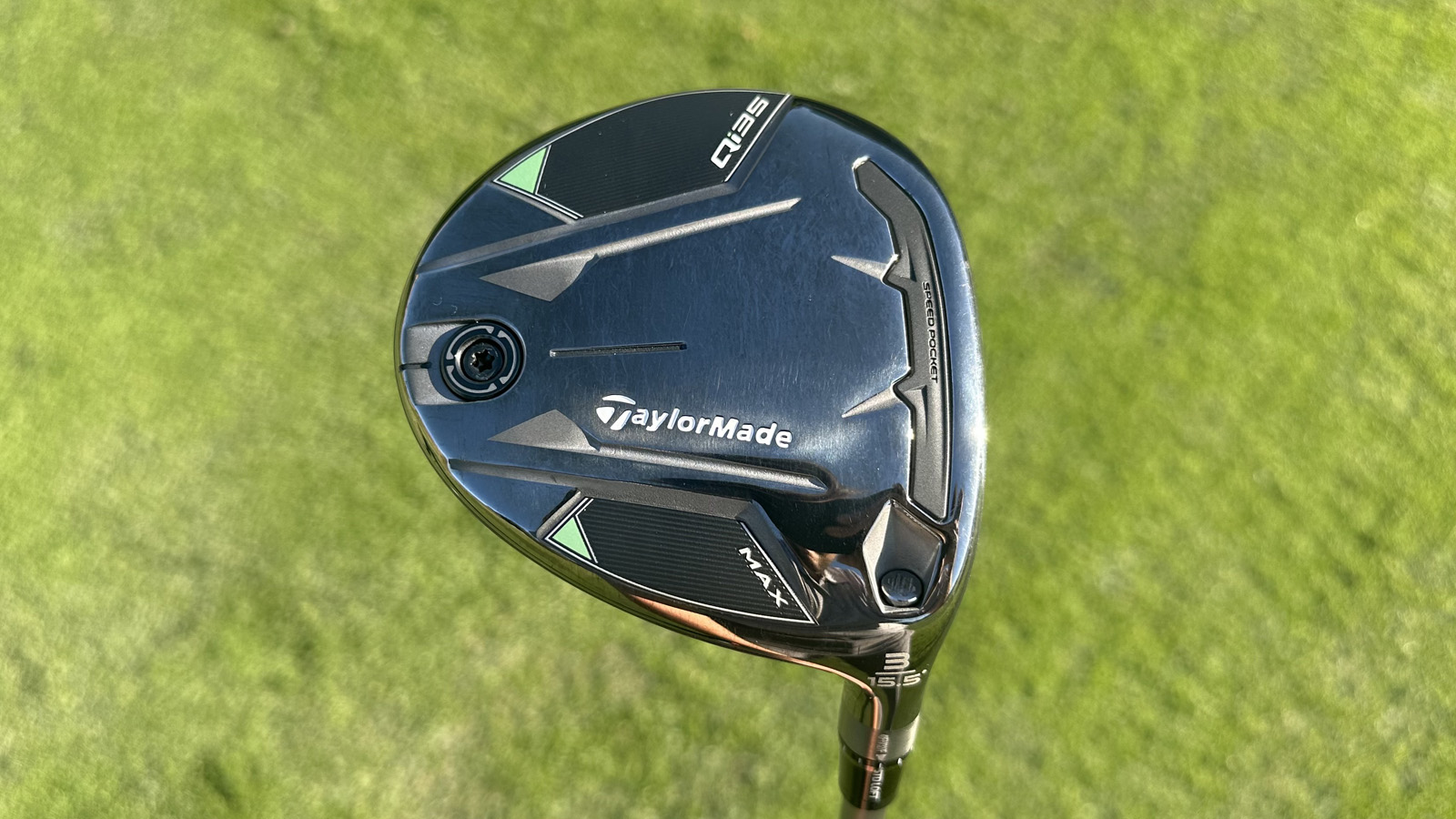
Specifications
Reasons to buy
Reasons to avoid
The Max is the most forgiving wood in the new Qi35 family, benefitting mid-to-high handicappers thanks to the oversized head and slight draw bias to help deal with wayward shots to the right.
Like the driver family, the Qi35 has gone through a beautiful makeover. The chromium carbon finish is continued with the Max which I feel is important as golfers can now choose a club that will benefit their game more regularly rather than simply choosing the one they like the look of more.
In terms of performance, this wood did a great job when I hit it out of light rough, not allowing the longer grass to imped a good contact. The Max flew a little less than the standard Qi35, thanks in part to a little more loft on the clubface (15.5° instead of 15°) but this is a club that does everything it's designed to do. Forgiveness was fantastic also, with my dispersion being as tight as any other wood I have tested so far in 2025. This is a must try for the higher handicapper.
- Read our full TaylorMade Qi35 Max Fairway Wood Review
Most forgiving
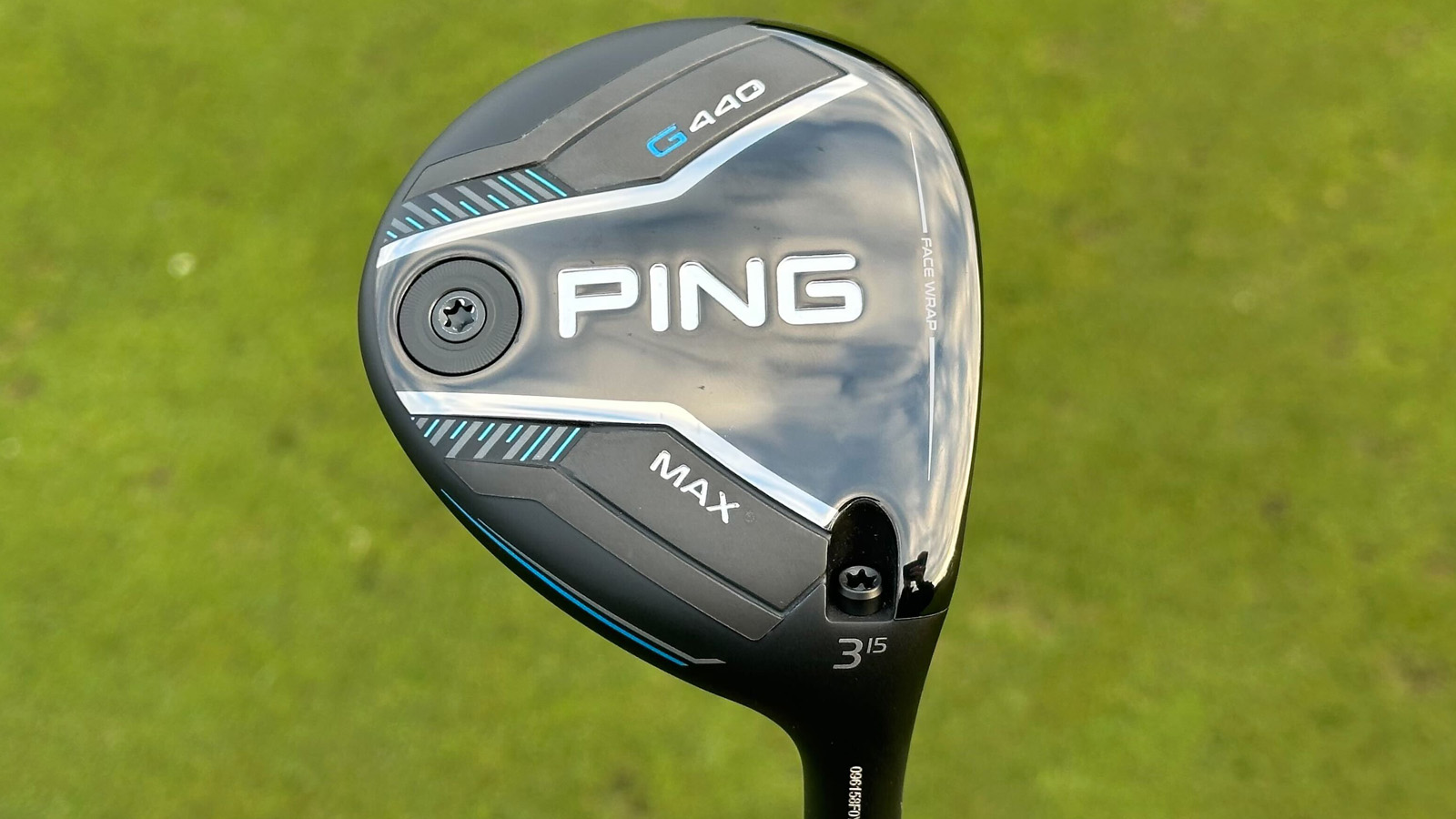
Specifications
Reasons to buy
Reasons to avoid
We absolutely adored the performance of the Ping G430 fairway wood last year and thus were very excited to see how the G440 would perform in comparison.
The first notable change is in the looks category. Ping have never been known for making the best looking golf clubs but they get marked up in the aesthetics department with this latest entry. This is mainly thanks to the new Carbonfly Wrap featured on all of the G440 family of drivers and woods - this was previously only reserved for the LST from the G430 range. I wasn't so keen on the blue colorway on the sole of the club, but one can argue the sole of the club gives little impact to the overall looks considering we don't see it as we swing.
In terms of performance G440 has kept much of what made the G430 so great but from my testing I struggled to find an area in which their were any significant improvements. I did absolutely love the 4 wood however - this can become a really valuable weapon for a wide range of golfers that typically struggle with hitting a high ball.
- Read our full Ping G440 Max Fairway Wood Review
Best value
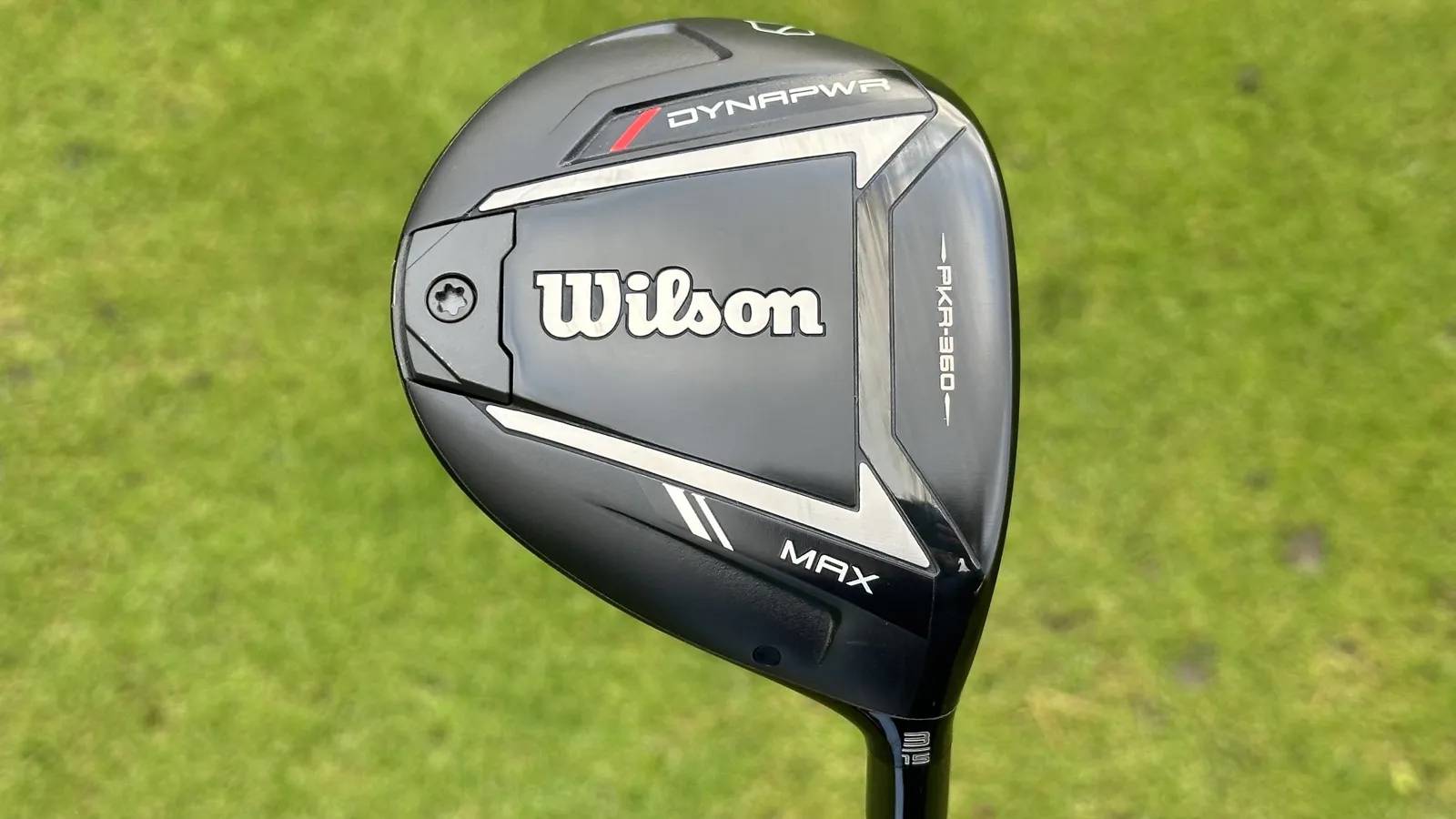
Specifications
Reasons to buy
Reasons to avoid
Although it doesn't have the same firepower nor dashing looks as the Carbon version for the same family, the Dynapwr Max fairway wood presents excellent value for money for those who don't want to splash the cash on a premium model.
Despite the slight downgrade on looks compared to the Carbon, the Max still sits very nicely behind the ball which will inspire confidence for those who need it at address. The look remains a serious upgrade on the previous Dynapower Max wood which didn't really suit my eye.
The Dynapwr Max is far more forgiving than the Carbon model, with mishits not being obviously punished. This is thank in part to the 12g weight positioned towards the rear of the sole, pulling the CG down and back to create a high-launching head with plenty of stability. It doesn't tick every box, however, with spin levels very high during our testing meaning it won't suit those who have high clubhead speeds. Nevertheless, if accuracy and forgiveness are what you’re searching for, then you’ll be hard-pushed to find a club as playable as the Dynapwr Max fairway wood in 2025.
- Read our full Wilson Dynapwr Max Fairway Wood Review
Best adjustability
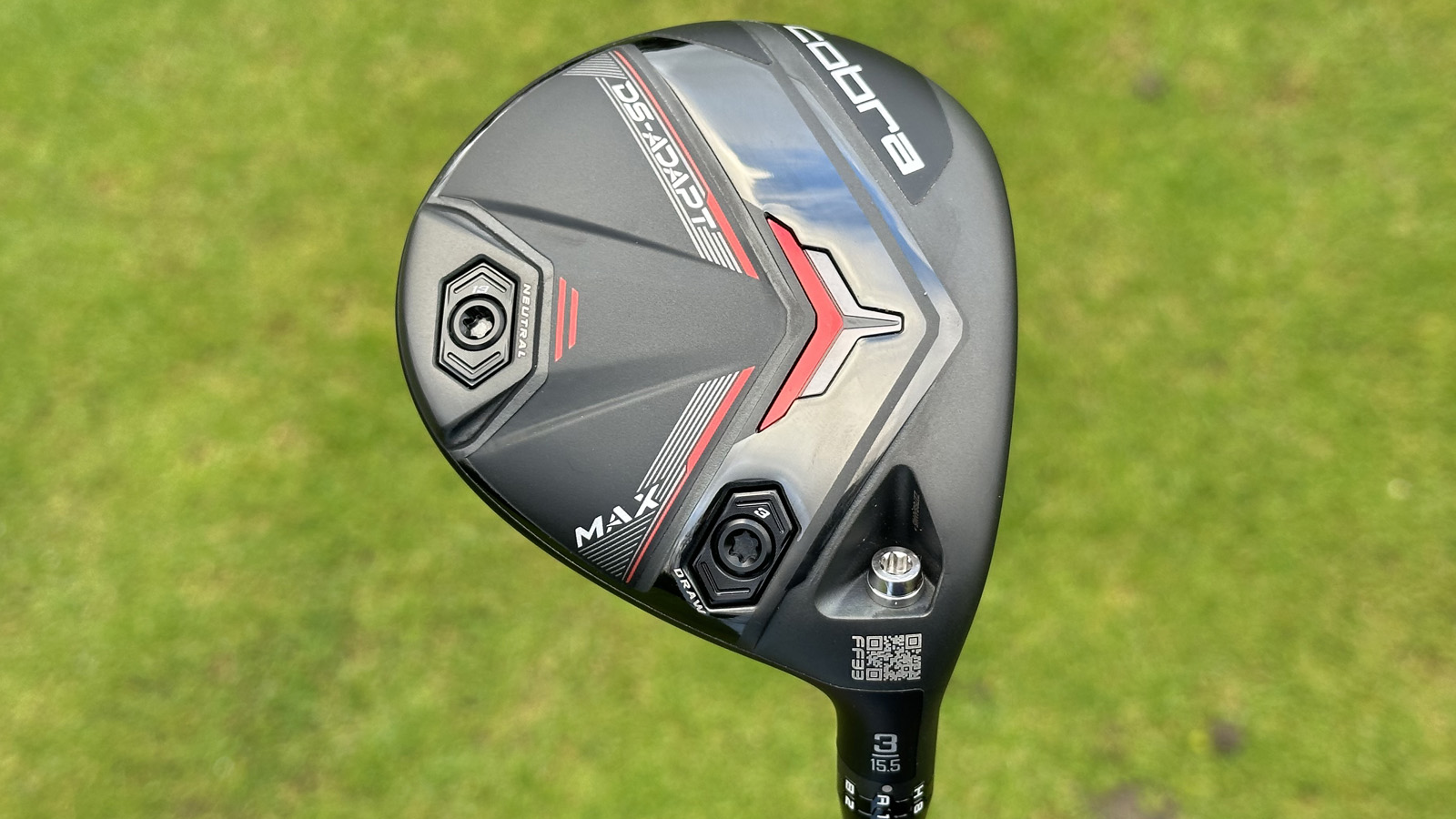
Specifications
Reasons to buy
Reasons to avoid
Cobra are another brand that, in my opinion, don't get enough credit as they deserve. Their DS-ADAPT Max fairway wood is the most forgiving in the family and could really prove beneficial for the higher handicapper who needs some help with launch and a controlled ball flight.
The eye-test is passed with flying colors here. It both looks and feels premium as you stand over the ball and despite looking superb in terms of shelf appeal, somehow looks even better at address thanks to the confidence-inspiring larger head shape.
High launch was easily achieved with the DS-ADAPT Max from a variety of lies - tee, fairway and rough included. The smart combination of the shallow face coupled with two removable weights at the back of the head really help create a high launching ball flight thanks to the CG being pushed further back. To aid you further with launch and ball flight, the new FutureFit33 hosel allows players configure their club in 33 different settings to find the perfect balance between high launch and penetrating ball flight. This helps produce a really solid feel as well whilst generous distance was on offer during testing - we find it really hard to knock the DS-ADAPT Max.
- Read our full Cobra DS-ADAPT Max Fairway Wood
Best sounding
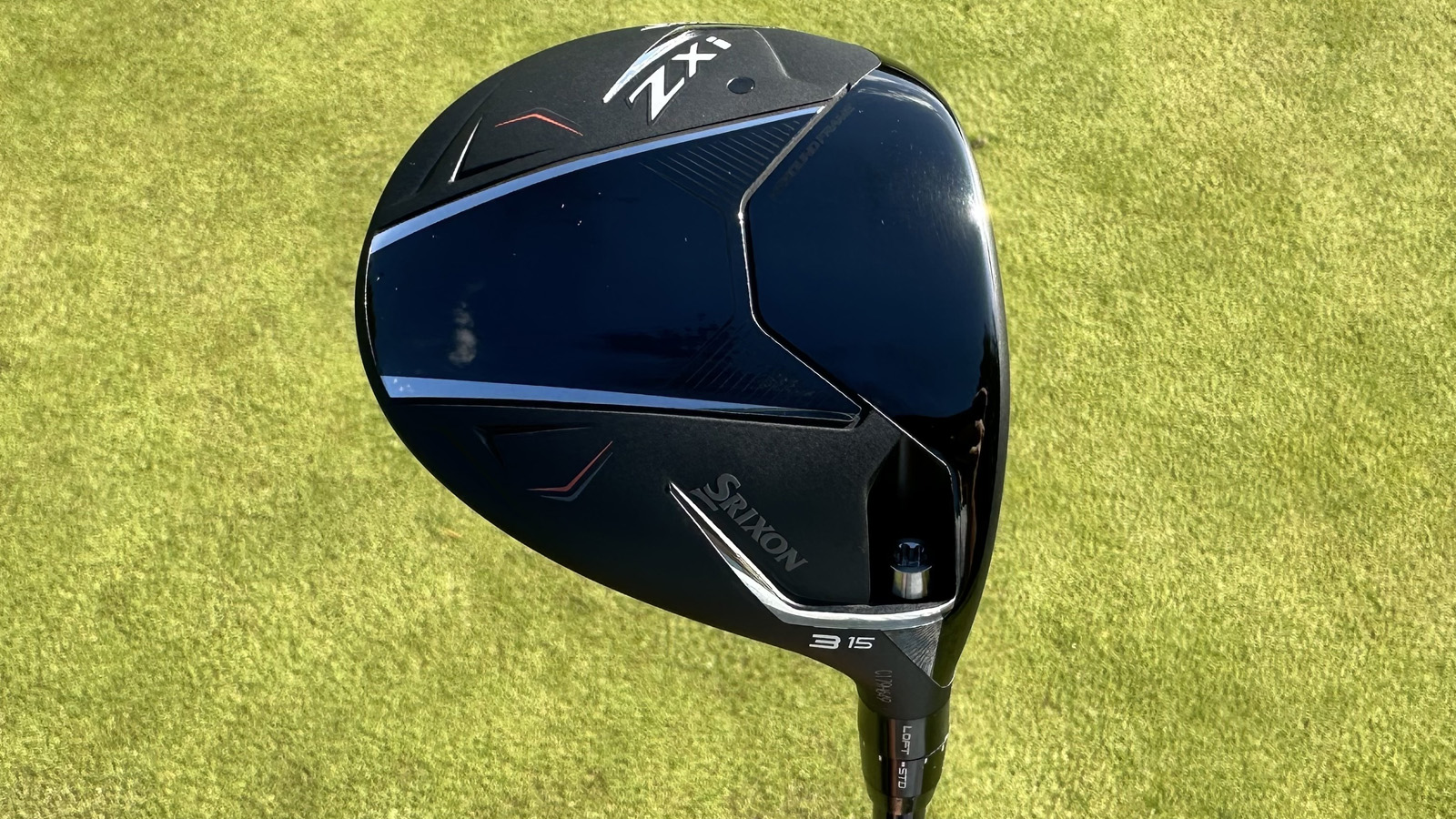
Specifications
Reasons to buy
Reasons to avoid
Srixon have absolutely smashed it with their equipment releases in 2025, paving the way for Srixon-sponsored players notching significant wins on the pro circuits including J.J Spaun at the U.S Open and Keegan Bradley and the Traveller's Championship. We said at the time of release that the ZXi fairway wood could prove to be the most underrated club release for 2025 and thus far we think that statement stands true.
We'll start with the looks, frankly because they're so good. The head is a little smaller, closer to a tour fairway wood help rather than a pure high handicapper option, a change that might not appeal to all. However, it's hard not to argue it looks fantastic. I also found it framed the ball very nicely and the small alignment tool on the top of the crown really helps square the clubface.
During our testing we noticed distance numbers have taken a hike when compared to the older ZX5 Mk II fairway wood. Distance is backed up with an impressively small dispersion both from the front to back and side to side, something that will very much appeal to higher handicappers. I fell in love with the feel, looks and performance of the ZXi during my review process and I think a lot of newer golfers can do the same this year if they add it to their setup.
- Read our full Srixon ZXi Fairway Review
Best looking
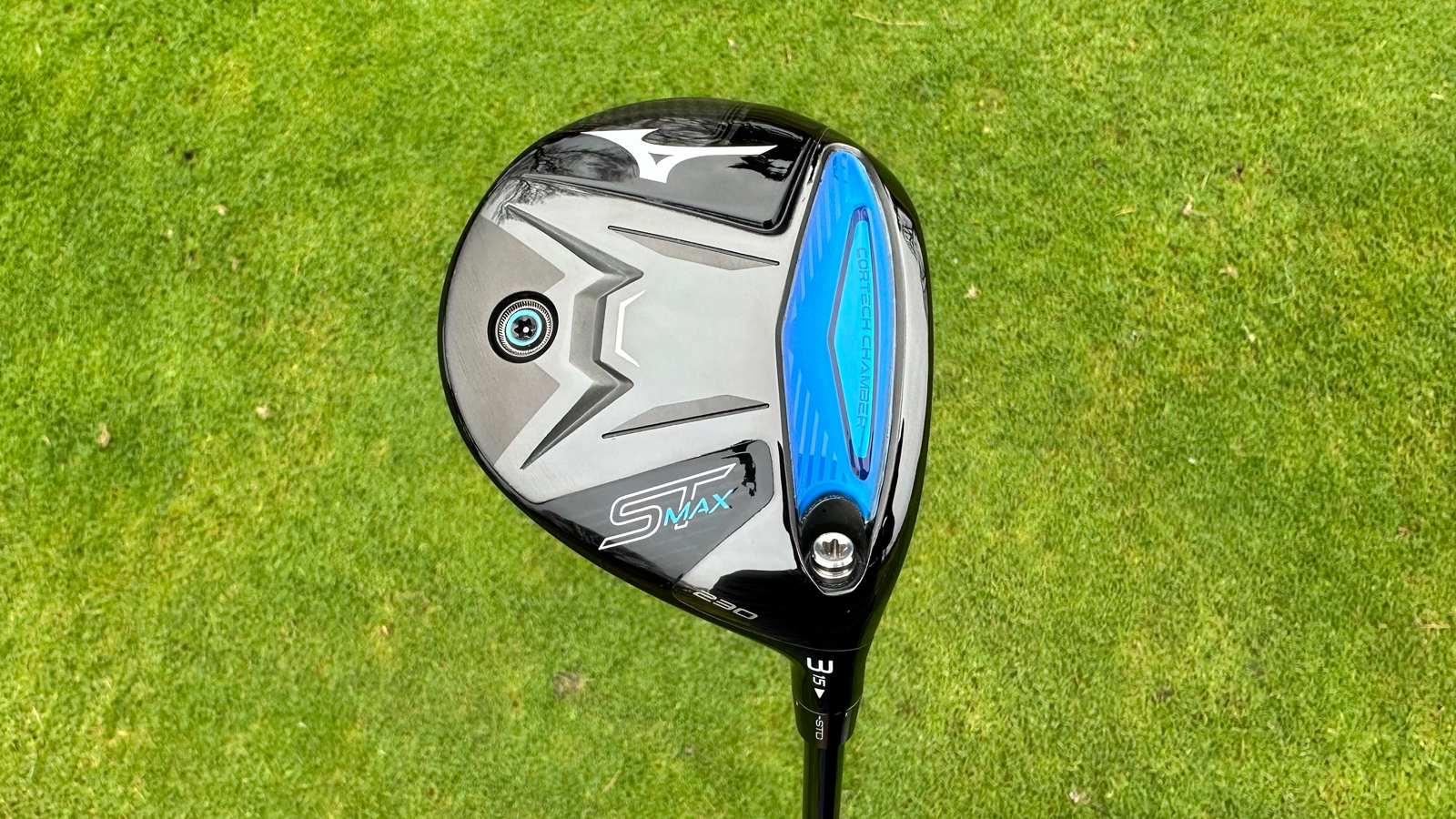
Specifications
Reasons to buy
Reasons to avoid
The Mizuno ST-Max 230 looks fantastic, with the bright blue Cortech Chamber TPU insert on the sole really giving shelf appeal. The gloss black and carbon fibre crown provides a nice blend of classic and modern looks too, and this is perhaps the best looking club on this list.
It's not just the looks we liked during testing - the feel is as good as Mizuno club on the market through the strike and the acoustics of the solid 'thud' sound were wonderful on well hit shots. For those who struggle with launch and distance, we found a consistent high ball flight was easily achieved with this in hand but that might also mean it may not be the best fit for those who tend to play in windy conditions a lot.
From the fairway and even the first cut of rough it really excelled and the benefits of the ‘Speed Bevel’ (a modification to the leading edge to improve turf interaction and maintain speed from shots struck from the fairway) was clearly in evidence.
There isn't anything too flashy about this fairway wood, nor one specific standout feature you'll rush to tell you're friends about, but that isn't necessarily a bad thing. This is a great all-round fairway wood that ticks pretty much every box that there is needing ticked for players with a broad range of handicaps.
- Read our full Mizuno ST-Max 230 Fairway Wood Review
Best for slicers

Specifications
Reasons to buy
Reasons to avoid
PXG remain a relative newcomer as a brand in the equipment space but their Black Ops series in particular have made them a serious player nonetheless. We loved the performance on offer from their Black Ops fairway wood during testing and concluded it delivered an excellent balance between eye-catching, confidence-inspiring looks and consistent, user-friendly performance.
Beginning with looks, PXG clubs often catch the eye through rather brash looks but the visual package here is more subdued. It's an excellent one though thanks to a carbon fibre finish marks the top of the clubhead and looks particularly good in when the sun is out. The carbon crown not only looks great, but the weight saved has allowed PXG to save mass and redistribute it around the head's perimeter to create option CG dispersion for extra forgiveness. A simple X alignment aid on the crown will also benefit higher handicappers as they set up to the ball to ensure their club face is staring directed at their target.
The Black Ops head is by no means the most compact or traditional looking fairway wood on the market, but it really is a solid all-rounder. The forgiveness, particularly in terms of draw bias, will prove helpful for players who hit the dreaded slice or tend to lose distance because of a natural cut shot. It's already proven a very popular option amongst player since release in 2024 and remains a great option for the higher handicappers.
- Read our full PXG Black Ops Fairway Wood Review
How we test fairway woods
When it comes to Golf Monthly's testing procedure, we use the same ethos and methodology for all golf products to make sure they are as insightful, honest and comprehensive as possible. We attend product launches and meet with experts to understand new technology in new products first.
Specifically for fairway woods, product testing is headed up by Sam De'Ath, supported by deputy editor Joel Tadman. Sam has competed professionally on the EuroPro and Clutch Pro Tours and has extensive knowledge on golf equipment. Joel is also a competitive low handicap golfer, and both are able to test equipment thoroughly before delivering honest and insightful reviews to a wide golfing audience.

Joel Tadman during a fairway wood testing
When it comes to our actual testing of clubs, we first try them in a controlled environment, which usually takes place on an indoor simulator at Foresight Sports, with premium balls and the GCQuad launch monitor. This allows us to dig into and test the unique selling point of each club - for example, if a fairway wood claims it promotes high launch, our launch monitor data will prove this to be true or not. We'll also compare it to competing models on the market to really see if it stands out from the crowd in these particular points of performance. Testing inside also allows us to collect critical data in other realms of performance including distance, speed, dispersion and more.
After thorough testing indoors and after gaining a decent understanding to how the club performs, it's out onto the golf course for our second part of testing. In our view it is vitally important to do both and we will continue to test the irons extensively so they have been comprehensively put to the test in a variety of conditions and situations. Testing indoors in a controlled environment is one thing, but taking each club out into the wild to see how they perform in real life conditions often makes or breaks a club in terms of our final verdict. Doing this, across multiple rounds of golf across different styles of courses and in different conditions allows us to get a full understanding of how a club performs as well as the strengths and weaknesses of each. Once done, we've comprehensively tested each club in a range of conditions and environments which then allows us to deliver our informed, bias-free verdict of each fairway wood.
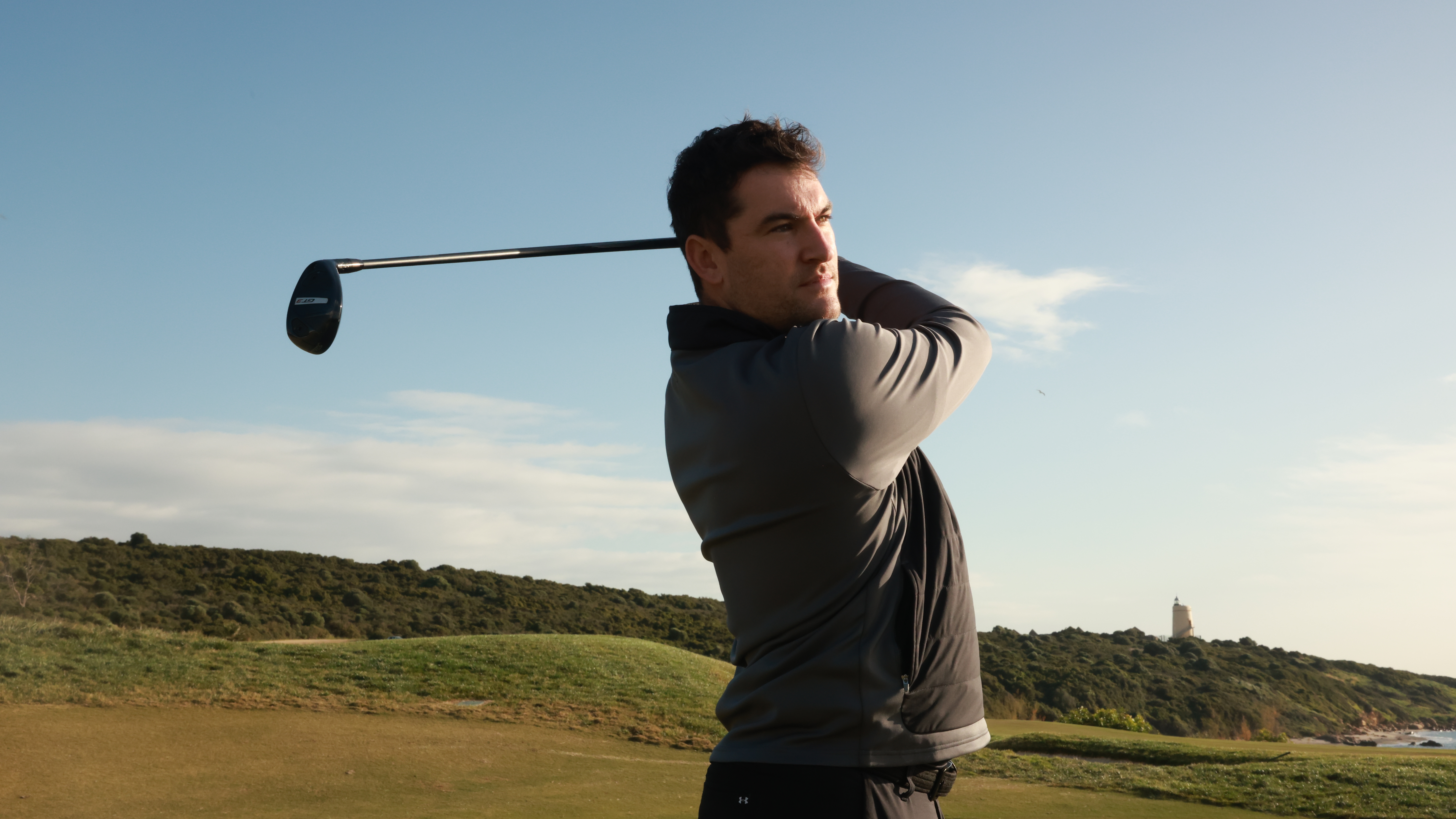
Sam De'Ath heads up our fairway wood testing as well as hybrids, wedges and putters
The trust we've built amongst our readership across years of club testing is a trust that was are very proud of. It has built through our talented review team, full of passionate players of the game, simply calling it how they see it when they review a piece of golf equipment. No brand gets preferential treatment over another, nor can a manufacturer 'buy' a good review. Instead, we stick to our goal of delivering informative, impartial buying advice to our readers at a time in which the game is only becoming more and more expensive to play.
What to consider when selecting a new fairway wood
Let's take a look at some of our top things to look out for when purchasing a new set of fairway woods...
Loft
First you need to figure out the gap in your bag where the fairway wood is going to go. Therefore you need to know how far your driver goes, and then your longest iron or hybrid. Knowing this will dictate the ideal loft for your fairway wood, or woods as you might decide to carry more than one. Most golfers will carry a 3 wood, but it's worth considering a 5 wood too, and if you struggle with longer irons and aren't a fan of hybrids, you might want to think about adding a 7 or even a 9 wood to your bag.
Forgiveness
Manufacturers create different models for different levels of player so it makes sense that some fairways are more forgiving than others. The bigger brands will produce a range of woods with different head sizes and shapes which are designed for golfers of varying skill levels. If you struggle to consistently find the sweet spot, then a larger head will work for you, whilst if you are a better player and your strike is more consistent, then forgiveness won't be a priority and workability will be your main requirement.
Adjustability
Adjustability has become a popular design feature in fairway woods of late, with golfers having the ability to dial in loft, moveable weights or shaft fittings. Therefore have a think about how important this is to you because a golf clubs performance can be changed with a turn of a wrench these days. Alternatively if you like to keep things simple, go for a non-adjustable model.
Versatility
Fairway woods are tricky to get right because they have to do so much, and fit properly into a setup. They need to work off the tee, in the fairway, from different lies and some like to use the club around the green as well. As such we recommend properly testing some models and getting a custom fitting because this will tell you if the club suits your game, and whether the club is versatile enough for how you play golf.
Looks
There's no shame in admitting that looks are important when choosing a golf club. We all like to have clubs which look good in the bag, but more importantly you have to like how a golf club looks as you stand over the golf ball. The fairway wood is one of the most difficult clubs to hit so having one that gives you confidence when you look down over the ball is important. As such pick a few models and see how they look down by the ball and in different lies.
Budget
Be aware of your budget. You can go for more premium models or you can opt for cheaper designs. Wherever you fall in budget, this guide will present you with good advice on buying a new fairway wood.
FAQs
What are fairway woods?
Fairway woods are versatile distance clubs that are designed to be hit from the tee, off the fairway and even from light rough, similar to a mini or small headed driver but with slightly more loft and a shallower face.
Traditionally, the size of a driver head ranges from roughly 440cc to 460cc, whereas a fairway wood often is from 140cc to 180cc. Fairway woods look similar in appearance to drivers but have smaller heads.
Fairway wood faces are much shallower than a driver, which keeps the COG (centre of gravity) lower, helping you to get the ball airborne.
Fairway woods are more forgiving than long irons and almost every Tour player puts one or two fairway woods in the bag.
What fairway woods should I carry?
From rocket 3-woods to soft-landing 11-woods, we help you decide!
This depends on three factors.
First, what ability level are you? Fairway woods are more forgiving than long irons, so if you are a beginner or a high handicap player we’d recommend putting as many fairway woods in the bag as possible, providing the lofts and gapping are correct. If you are a better player, then which woods you carry will depend on the following two factors.
Loft and gapping is the next point to mention. Fairway woods have to be able to fill the gap in the bag from the driver to your irons. Therefore, knowing how far you hit each club gives you insight into which yardages you need to fill with fairway woods. The best way of doing this is on a launch monitor with an experienced PGA professional or custom-fitter.
The final factor is the type of golf course do you play on? If you play a lot of links golf, then you’ll likely need to hit lower penetrating shots, whereas inland or parkland golf requires you to hit shots that fly higher and land softer on the fairway or green. Fairway woods are definitely more suited to target parkland golf rather than fast-running firm linksland golf.
The same logic applies to playing golf in windy conditions. Fairway woods are usually designed to give higher launch which makes them difficult to control in the wind, especially when compared to long irons or driving and utility irons.
What loft should a fairway wood be?
Manufacturers offer a range of fairway wood head styles and lofts, ranging from super-strong three woods at 13.5° to 7,9 or 11-woods which are designed for golfers who struggle to launch mid and long irons and want more confidence inspiring equipment to hit the ball further.
Each golfer is different, in their physical fitness, ability and approach to the game. A wide range of fairway wood lofts can provide options for senior players, women and juniors who want alternatives to hitting longer irons. Many established Tour winners have carried 7-woods when course conditions required high flying soft-landing ball flights on key par-5 holes and at long par-3’s.
Subscribe to the Golf Monthly newsletter to stay up to date with all the latest tour news, equipment news, reviews, head-to-heads and buyer’s guides from our team of experienced experts.

Sam has worked in the golf industry for 14 years, offering advice on equipment to all levels of golfers. Sam heads up any content around fairway woods, hybrids, wedges, putters, golf balls and Tour gear.
Sam graduated from Webber International University in 2017 with a BSc Marketing Management degree while playing collegiate golf. His experience of playing professionally on both the EuroPro Tour and Clutch Pro Tour, alongside his golf retail history, means Sam has extensive knowledge of golf equipment and what works for different types of golfers.
- Conor KeenanGear & Ecommerce Writer